Popular on Food52
17 Comments
Jane G.
July 13, 2015
Sesame seeds, no oil, no water, nothing else. This is what tahini is. Vitamix! I love my Vitamix.
Julieta P.
August 14, 2013
am from the Philippines and i try to make my own tahini but i usually fail, the sesame seeds seem not combine together to grind it, i will try again in big batch thanks a lot
casab
February 27, 2013
This is an excellent recipe. Thank you. I make it regularly now using a Vitamix. Then I just add garbanzo beans and roasted red pepper and other hummus ingredients and voila! It's the best hummus ever. Thanks for posting this!
Trish V.
February 25, 2013
a stick blender helps smooth it out once you do everything in the blender.
Lost_in_NYC
September 16, 2012
I've been using a similar recipe for tahini when I make hummus for a few years now. You can even add a pinch of ground cumin to round out the 'nutty' flavor of this condiment. This one recipe definitely gives your blender a good workout. One thing I haven't been able to tackle is how the commercial and Trader Joe brands get theirs to be smooth pasty like even though the ingredients are nearly the same (plus a few things like garlic, lemon juice, etc but those are easily added to hummus instead)....
wlmb
September 16, 2012
I suspect they're either running it through a tamis or between rollers (like chocolate)?
Renée (.
September 16, 2012
I just want to say thank you for this, and for the weekly Food52 Digest. At least a couple of times a month I have *headpalm* moments (as in, why didn't I think of that?!?), that serve as inspirations to solve a problem or for some future dish. I may not make this exactly as written, but you've inspired me, yet again. Thank you!
CentralCoastContessa
September 14, 2012
With a severe allergy to tree nuts, I am basically unable to buy commercial Tahini (due to shared equipment). That said, I adore it, and can't wait to try your recipe with unhulled seeds.
KristiW
September 14, 2012
I don't normally keep vegetable oil in the house. Could I use something like grape seed oil, which is supposed to light in flavor compared to EVOO?
KristiW
September 14, 2012
Right, I'l try that!
And my spice grinder (usually for oatmeal, flax seed, cacao nibs) will work great with sesame seeds. Best $3 thrift store purchase I ever made :)
And my spice grinder (usually for oatmeal, flax seed, cacao nibs) will work great with sesame seeds. Best $3 thrift store purchase I ever made :)
Daddycooks
September 14, 2012
A pestle and mortar may get you finer results than a blender.
Kristy M.
September 14, 2012
Good suggestion, Daddycooks! I make tahini at home and I usually use a coffee grinder (I don't drink coffee and have a coffee grinder, I don't know why) to grind up my sesame seeds -- i figure small seeds and small blades make sense. And I finish them off with a mortar and pestle.
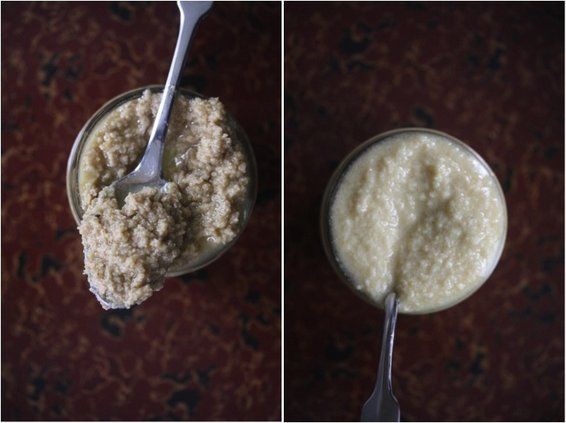

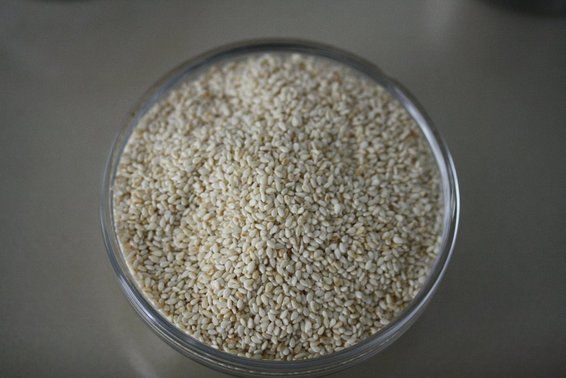
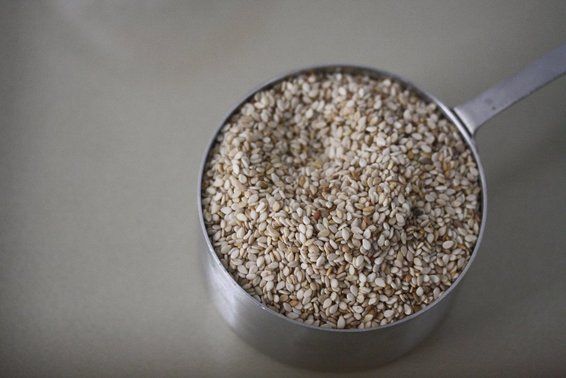
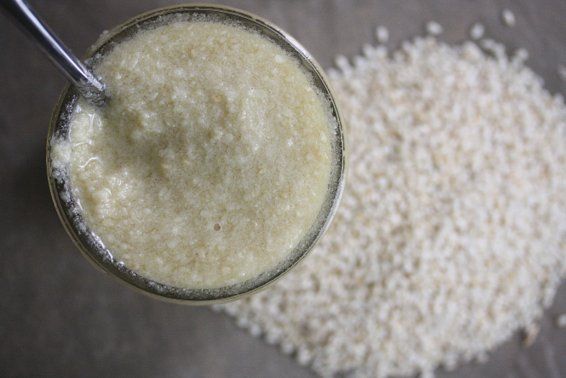
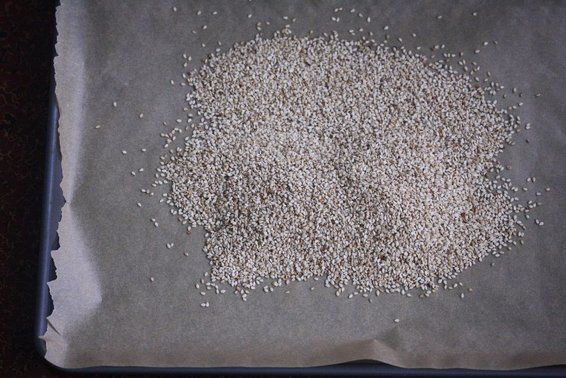
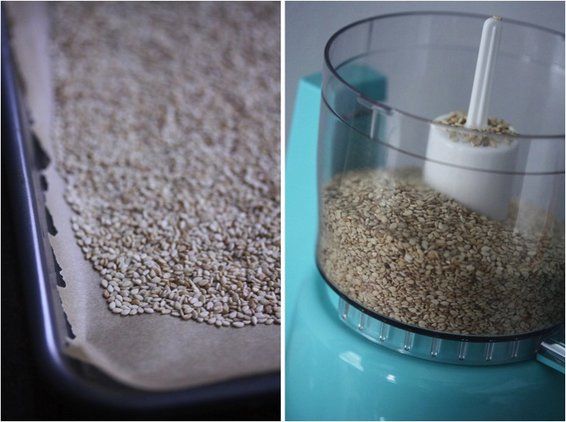
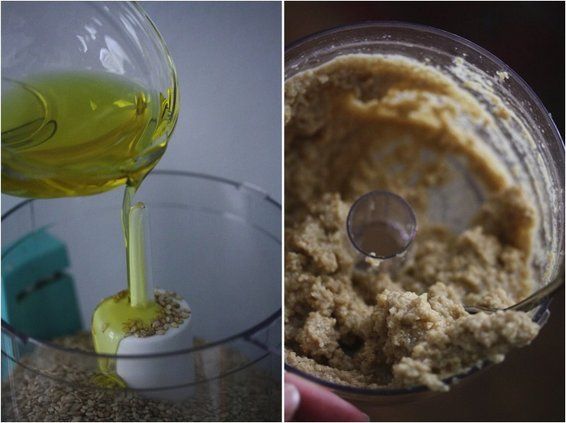
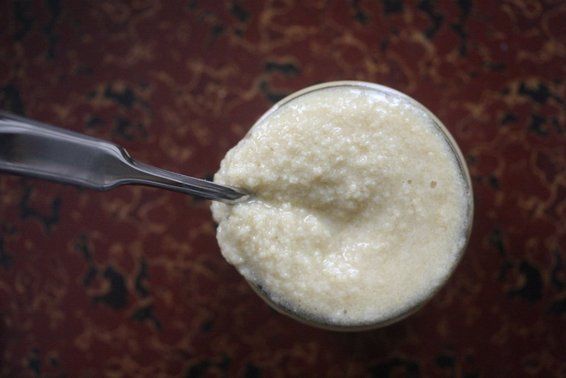

See what other Food52 readers are saying.